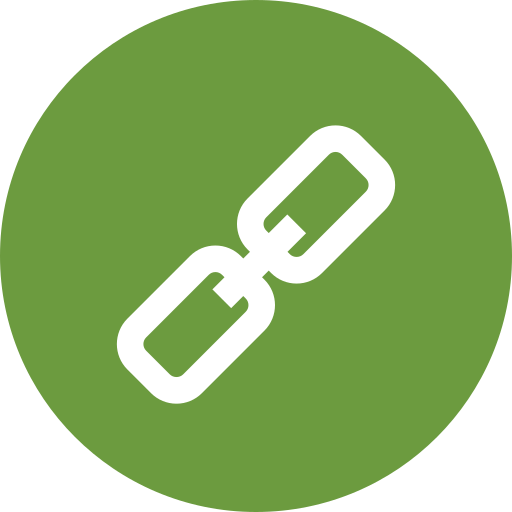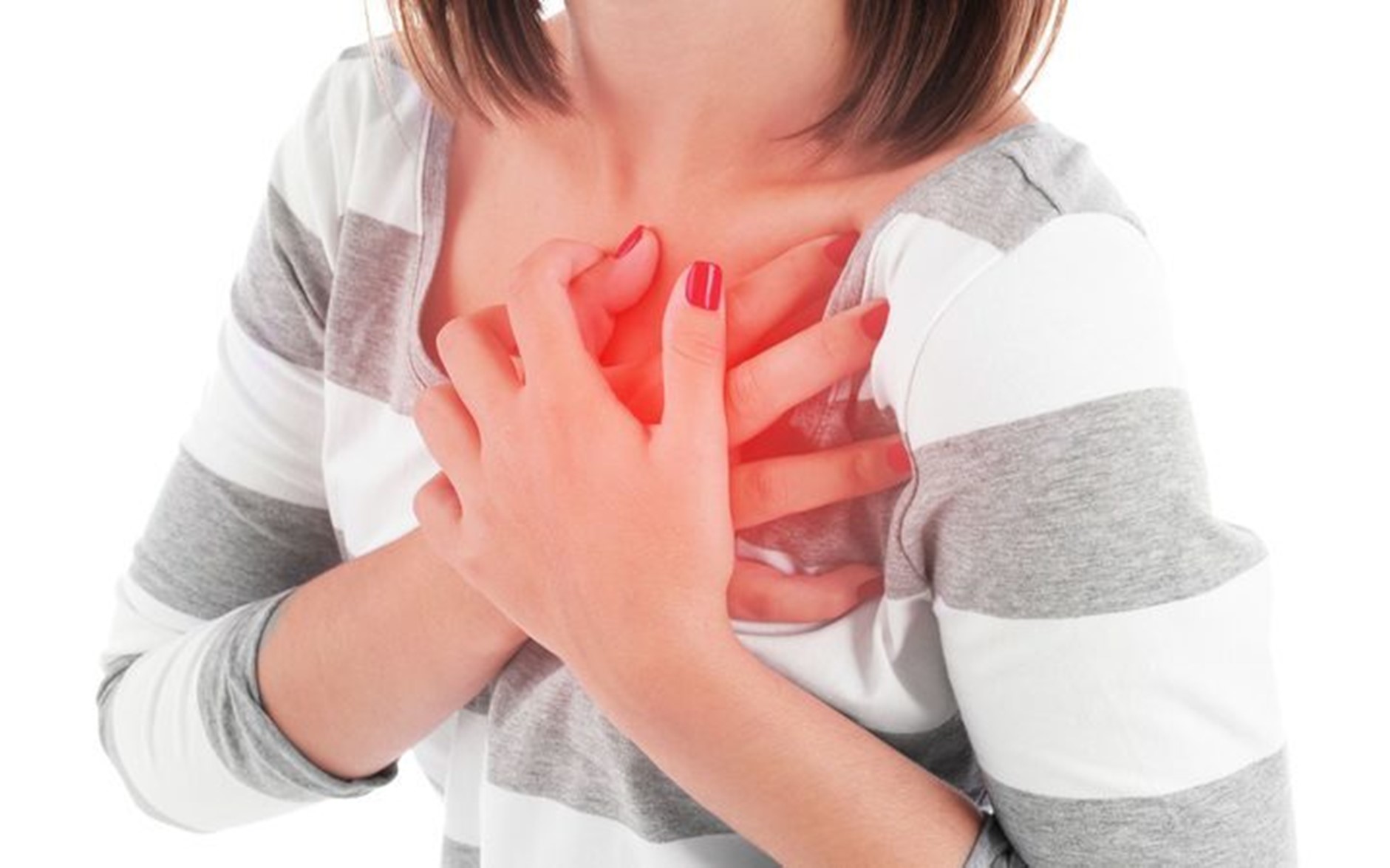| Package | Per pill | Total price | Save | Order |
|---|---|---|---|---|
| 20mg × 30 Pills | $3.97 | $118.98 + Bonus - 4 Pills | - | Add to cart |
| 20mg × 60 Pills | $3.01 | $180.85 + Bonus - 4 Pills | $57.60 | Add to cart |
| 20mg × 90 Pills | $2.70 | $242.72 + Bonus - 7 Pills Free Trackable Delivery | $114.30 | Add to cart |
| 20mg × 120 Pills | $2.54 | $304.59 + Bonus - 7 Pills Free Trackable Delivery | $171.60 | Add to cart |
| 20mg × 180 Pills | $2.38 | $428.33 + Bonus - 11 Pills Free Trackable Delivery | $286.20 | Add to cart |
| Package | Per pill | Total price | Save | Order |
|---|---|---|---|---|
| 10mg × 30 Pills | $2.64 | $79.17 + Bonus - 4 Pills | - | Add to cart |
| 10mg × 60 Pills | $2.12 | $127.17 + Bonus - 4 Pills | $31.20 | Add to cart |
| 10mg × 90 Pills | $1.95 | $175.16 + Bonus - 7 Pills | $62.10 | Add to cart |
| 10mg × 120 Pills | $1.86 | $223.16 + Bonus - 7 Pills Free Trackable Delivery | $93.60 | Add to cart |
| 10mg × 180 Pills | $1.77 | $319.15 + Bonus - 11 Pills Free Trackable Delivery | $156.60 | Add to cart |
| 10mg × 270 Pills | $1.72 | $463.14 + Bonus - 11 Pills Free Trackable Delivery | $248.40 | Add to cart |
High cholesterol is a common health issue that affects millions of people worldwide. If left untreated, it can lead to serious health problems, including heart disease and stroke. One effective way to manage high cholesterol is by taking medication, such as Pravachol. In this article, we will discuss Pravachol, its benefits, and how to order Pravachol or buy Pravachol online.
What is Pravachol?
Pravachol is a prescription medication that belongs to a class of drugs known as statins. It is used to lower cholesterol levels in the blood, particularly low-density lipoprotein (LDL) cholesterol, also known as "bad" cholesterol. Pravachol works by reducing the amount of cholesterol produced by the liver and increasing the removal of LDL cholesterol from the blood.
Benefits of Pravachol
Pravachol has several benefits, including:
- Lowers LDL cholesterol levels
- Reduces the risk of heart disease and stroke
- Slows the progression of atherosclerosis (hardening of the arteries)
- Improves overall cardiovascular health
How to Take Pravachol
Pravachol is available in two strengths: 10 mg and 20 mg. The recommended dose is 10-20 mg once daily, taken with or without food. It is essential to take Pravachol exactly as prescribed by your doctor and not to stop taking it without consulting your doctor first.
Where to Buy Pravachol
You can purchase cheap Pravachol on line or buy Pravachol online from various online pharmacies. Some online pharmacies offer discount 20 mg Pravachol with visa or generic 20 mg Pravachol visa. You can also order Pravachol with mastercard or buy 20 mg Pravachol amex.
Table: Pravachol Prices
| Strength | Price (10 mg) | Price (20 mg) |
|---|---|---|
| Brand | $50-$70 | $80-$100 |
| Generic | $20-$30 | $30-$50 |
| Discount | $15-$25 | $25-$40 |
Lists of Pravachol Benefits and Side Effects
Benefits:
- Lowers LDL cholesterol levels
- Reduces the risk of heart disease and stroke
- Slows the progression of atherosclerosis
- Improves overall cardiovascular health
Side Effects:
- Headache
- Dizziness
- Nausea
- Muscle pain
- Diarrhea
How to Order Pravachol Online
To order Pravachol 20mg visa or purchase 10 mg Pravachol with visa, follow these steps:
- Visit an online pharmacy that offers Pravachol.
- Select the strength and quantity of Pravachol you need.
- Add the medication to your cart and proceed to checkout.
- Enter your payment and shipping information.
- Review your order and submit it.
You can also order Pravachol overnight delivery or buy discount Pravachol 20mg on-line.
Conclusion
Pravachol is an effective medication for managing high cholesterol. By buying Pravachol online or ordering Pravachol with mastercard, you can take control of your cholesterol levels and reduce the risk of heart disease and stroke. Remember to always consult your doctor before taking any medication, and follow the recommended dosage and usage instructions. With Pravachol, you can improve your overall cardiovascular health and live a healthier life.
Primary Hypercholesterolemia: Understanding Types IIa and IIb
Primary hypercholesterolemia is a genetic disorder characterized by elevated levels of low-density lipoprotein (LDL) cholesterol in the blood. This condition can lead to the development of premature cardiovascular disease, including coronary artery disease, heart attacks, and strokes. In this article, we will focus on the two main types of primary hypercholesterolemia: IIa and IIb.
Types of Primary Hypercholesterolemia
Primary hypercholesterolemia is classified into several types based on the level of LDL cholesterol and the presence of other lipids in the blood. The two main types are:
- Type IIa: This type is characterized by elevated levels of LDL cholesterol, with normal levels of triglycerides.
- Type IIb: This type is characterized by elevated levels of both LDL cholesterol and triglycerides.
Causes and Risk Factors
Primary hypercholesterolemia is caused by genetic mutations that affect the production or clearance of LDL cholesterol from the blood. The main causes and risk factors for primary hypercholesterolemia include:
- Family history: Individuals with a family history of primary hypercholesterolemia are more likely to develop the condition.
- Genetic mutations: Mutations in the LDL receptor gene or other genes involved in lipid metabolism can lead to primary hypercholesterolemia.
- Diet: A diet high in saturated fats and cholesterol can contribute to the development of primary hypercholesterolemia.
- Obesity: Obesity is a major risk factor for primary hypercholesterolemia, as it can lead to insulin resistance and increased levels of triglycerides.
Symptoms and Diagnosis
The symptoms of primary hypercholesterolemia may not appear until later in life, when cardiovascular disease has already developed. However, some individuals may experience:
- Xanthomas: Yellowish patches on the skin, particularly on the hands, feet, and buttocks.
- Xanthelasma: Yellowish patches on the eyelids.
- Corneal arcus: A white, grey, or blue ring around the cornea of the eye.
Diagnosis of primary hypercholesterolemia is based on:
| Test | Description |
|---|---|
| Lipid profile | Measures the levels of LDL cholesterol, high-density lipoprotein (HDL) cholesterol, and triglycerides in the blood. |
| Genetic testing | Identifies genetic mutations that may be causing the condition. |
| Physical examination | Looks for signs of xanthomas, xanthelasma, and corneal arcus. |
Treatment and Management
Treatment and management of primary hypercholesterolemia involve a combination of lifestyle changes and medication. The goals of treatment are to:
- Lower LDL cholesterol levels
- Reduce the risk of cardiovascular disease
- Slow the progression of the condition
Some of the treatment options include:
- Dietary changes: Eating a healthy, balanced diet that is low in saturated fats and cholesterol.
- Exercise: Regular physical activity, such as walking or jogging, to help lower LDL cholesterol levels.
- Medications: Statins, bile acid sequestrants, and other medications to lower LDL cholesterol levels.
- Lipid-lowering therapies: Such as LDL apheresis, which removes LDL cholesterol from the blood.
Conclusion
Primary hypercholesterolemia is a genetic disorder that can lead to the development of premature cardiovascular disease. Understanding the different types of primary hypercholesterolemia, including IIa and IIb, is crucial for diagnosis and treatment. By making lifestyle changes and using medication, individuals with primary hypercholesterolemia can reduce their risk of cardiovascular disease and manage their condition effectively.
Here are some key takeaways:
- Primary hypercholesterolemia is a genetic disorder that affects the production or clearance of LDL cholesterol from the blood.
- Type IIa is characterized by elevated levels of LDL cholesterol, while Type IIb is characterized by elevated levels of both LDL cholesterol and triglycerides.
- Lifestyle changes, such as dietary changes and exercise, can help lower LDL cholesterol levels and reduce the risk of cardiovascular disease.
- Medications, such as statins and bile acid sequestrants, can also be used to lower LDL cholesterol levels and manage the condition.
By following these tips and working with a healthcare provider, individuals with primary hypercholesterolemia can take control of their condition and reduce their risk of cardiovascular disease.
























